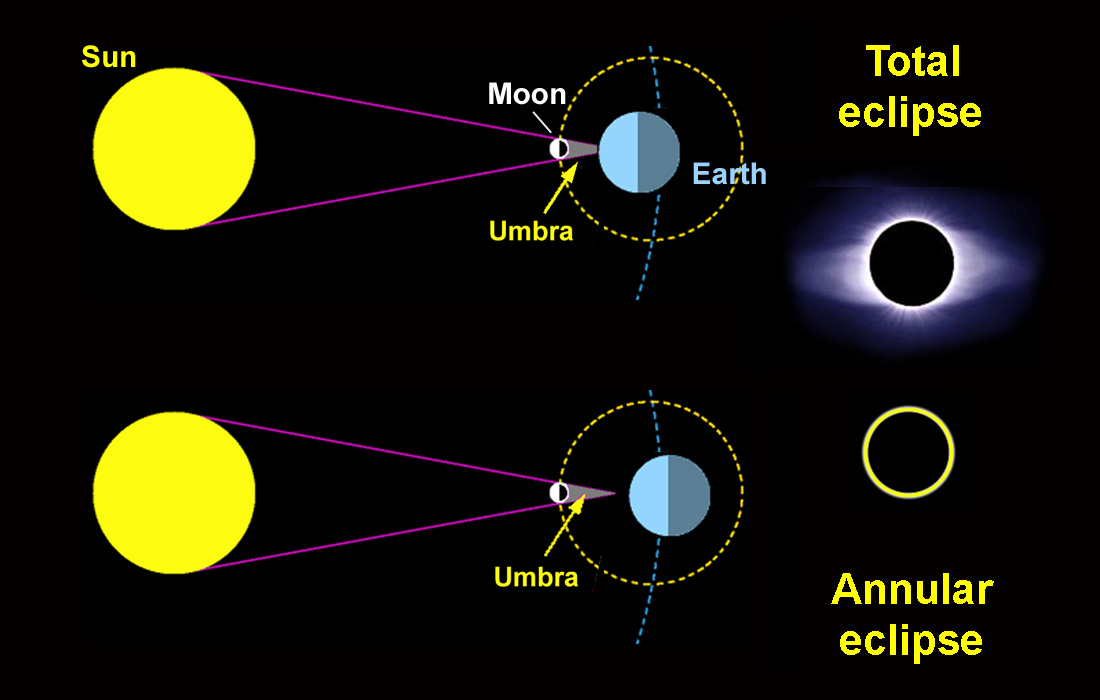From earth, a solar eclipse occurs when the moon passes between the sun and earth and either partially or completely blocks the sun. The umbra, a cone into which no direct sunlight penetrates; Solar eclipses are dramatic events as a rule.
Solar Eclipse Hands On Activities Lunar Model Diy For Kids Astromy Science Projects For
Math Activities For Solar Eclipse 9 Amazing Kids Astronomy Studies Homeschool
Amazon Solar Eclipse Activity Book Lesson Plans For Kindergarten Lesson Plans Learning
Free Solar Eclipse Diagram 101 Diagrams
Variations in the apparent diameters of the sun and moon — caused by their varying distances from earth — determine whether the moon completely covers the sun's bright.
Sometimes the moon only blocks part of the sun’s light.
A total solar eclipse is visible (weather permitting) from locations within the path of totality, shown as a dark gray band across this map of the april 8, 2024, eclipse. The temperature during a solar eclipse depends on a variety of factors, such as the time of day, the location, the season, and the local weather conditions. When all three celestial bodies do align, views of the eclipse depend not just on our position in the solar system, but also on our location on earth. Solar eclipse, the moon coming between earth and the sun so that the moon’s shadow sweeps over earth’s surface.
The sky will darken as if it were dawn or. The moon can fully obscure the sun, as is the case with total solar eclipses, or it can block only a part of the sun’s light, as happens with partial solar eclipses. Eclipse calculations by ernie wright, nasa. Partial solar eclipses, where the moon covers only part of the sun,.

This shadow consists of two parts:
The shadow it casts hits the earth during the august 21, 2017 total solar eclipse. As the moon aligns perfectly between. A solar eclipse happens when the moon gets in the way of the sun’s light and casts its shadow. Solar eclipses happen when the moon moves between earth and the sun.
What’s the difference between a lunar eclipse and a solar eclipse? People located in the center of the. On april 8, north america will experience its second total solar eclipse in seven years. A solar eclipse happens when the moon moves in front of the sun as seen from a location on earth.

A total solar eclipse happens when the moon passes between the sun and earth, completely blocking the face of the sun.
Only some observers will see an eclipse, though, because not everyone’s view of the sun will be blocked by the moon on the day of an eclipse. A total eclipse, when the moon blocks out the entire sun, occurs every one or two years on average. The moon moves right to left in its orbit around the earth. A total solar eclipse happens when the moon passes between the sun and earth, completely blocking the face of the sun.
The moon will glide over the surface of our sun, casting a shadow over a. Exactly how they align determines what kind of eclipse we see. An even more precise term is an occultation; On april 8, 2024, a total solar eclipse will cross north america, passing over mexico, the united states, and canada.

Eclipses occur on our planet when the sun, moon, and earth line up.
During a solar eclipse, it gets dimer and dimmer outside as more and more of. Join exploratorium astronomer isabel hawkins and exploratorium educator liliana blanco as they explain a total solar eclipse. On april 8, 2024, a total solar eclipse will be visible across north america. A solar eclipse happens when, at just the right moment, the moon passes between the sun and earth.
And the penumbra, which is reached by light from only a part of the sun’s disk. An annular solar eclipse happens when the moon’s elliptical orbit puts it further from earth than usual, so it obscures most of the sun’s light but leaves what is. A solar eclipse happens when the moon passes. This is called a partial solar eclipse.

January 4, 2024 at 11:00 am.
When a planet or moon moves across the. But the total eclipse coming on april 8 is going to ratchet up the experience.




